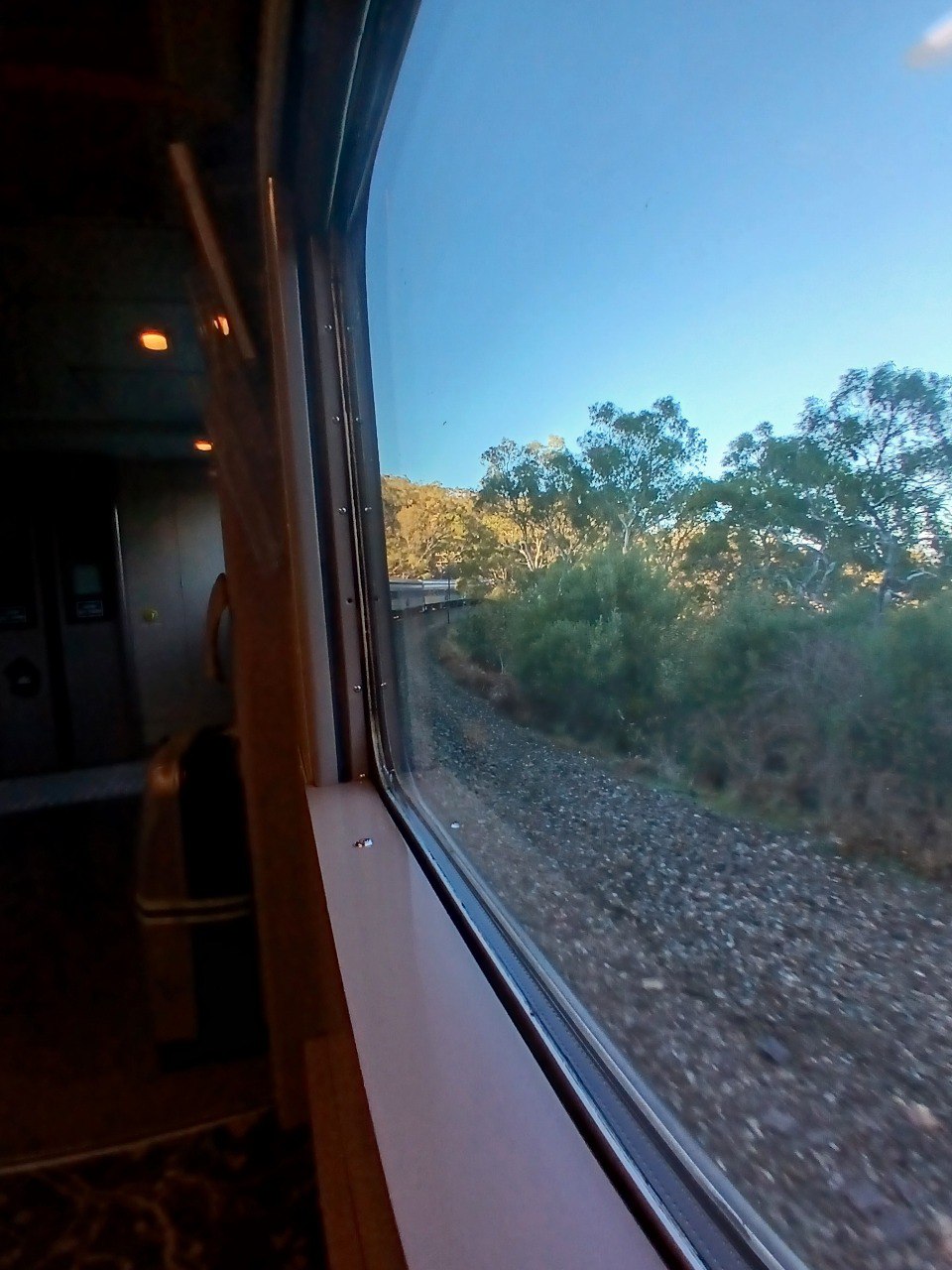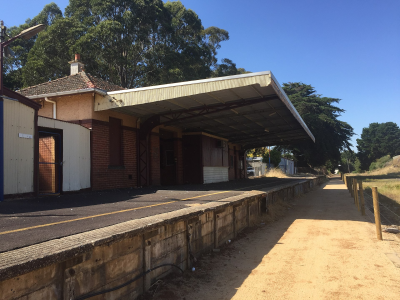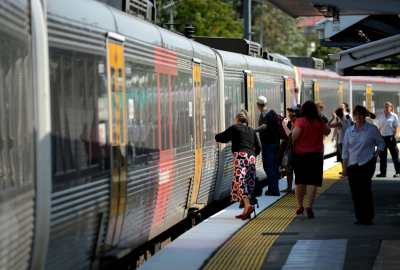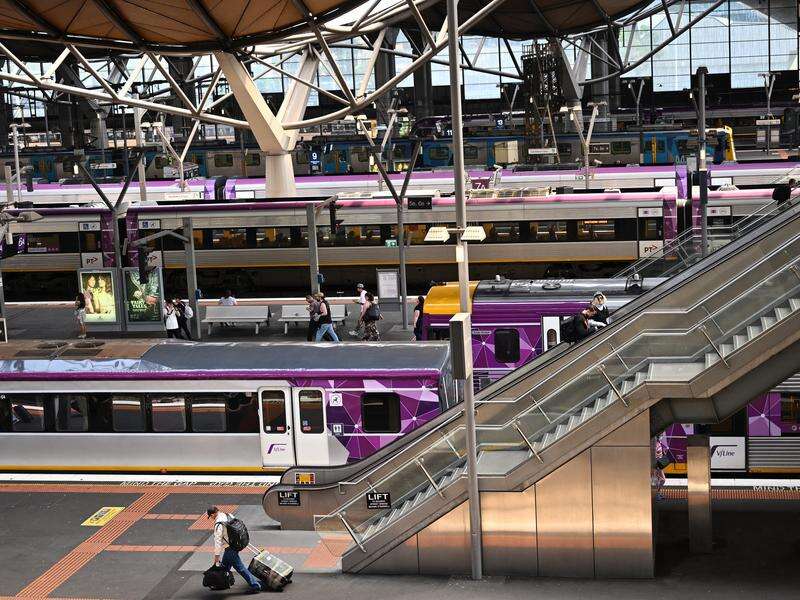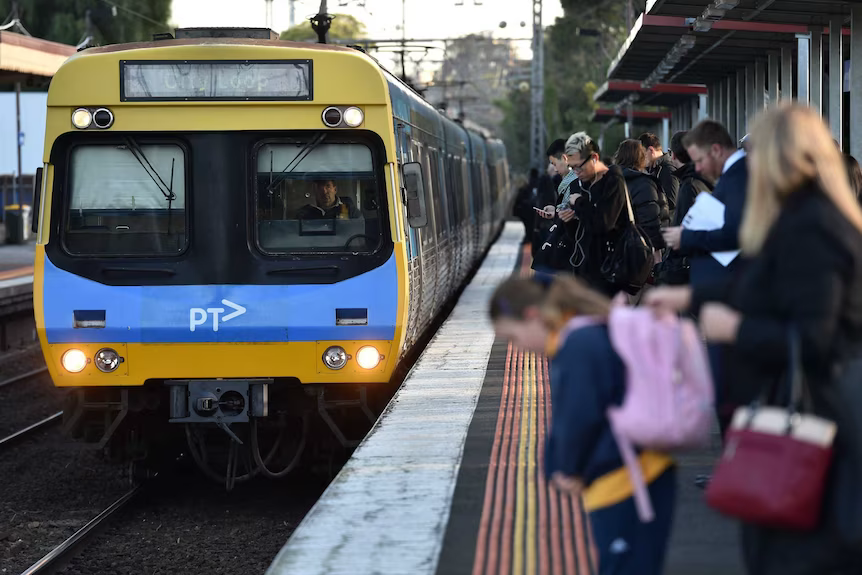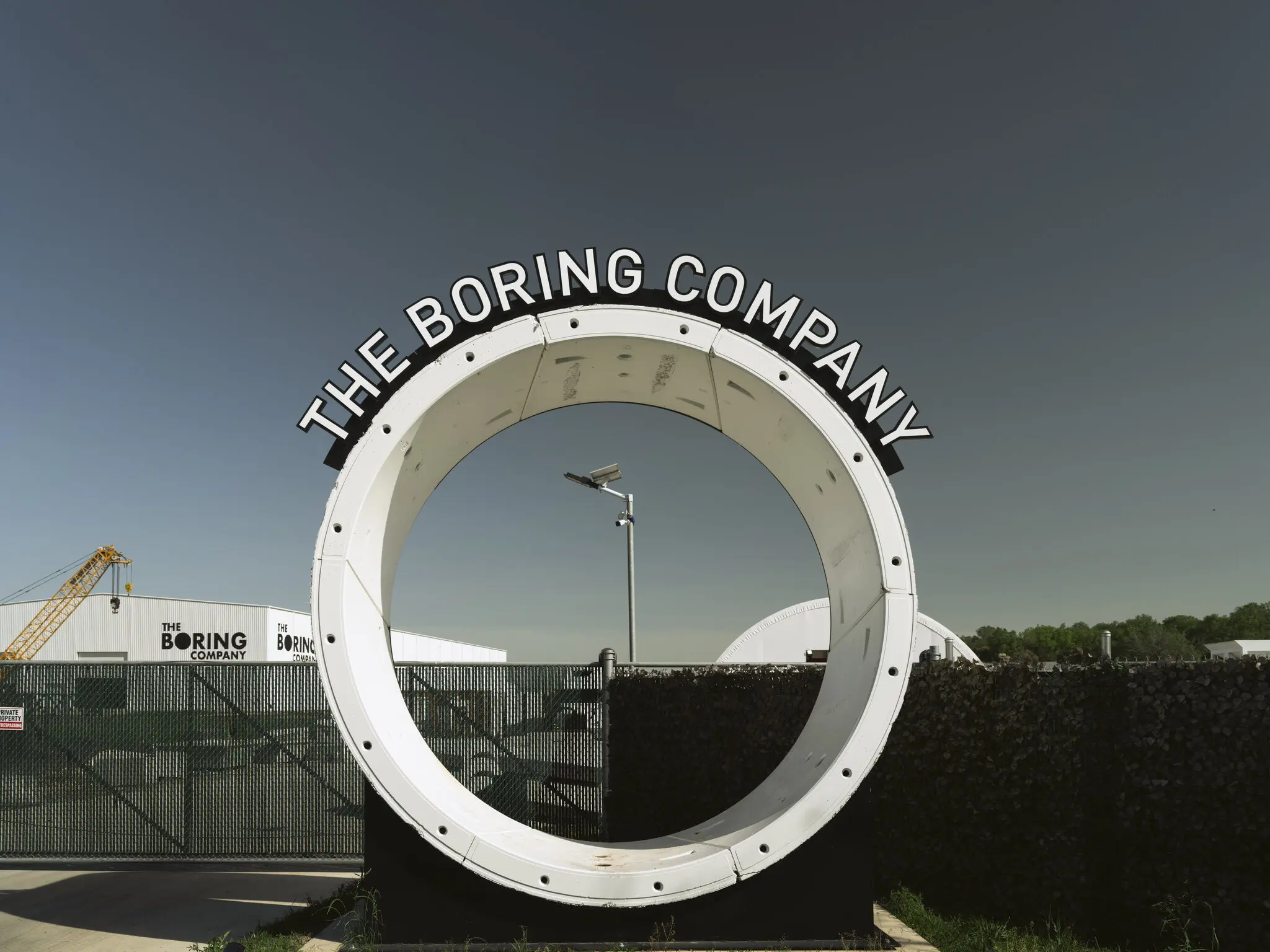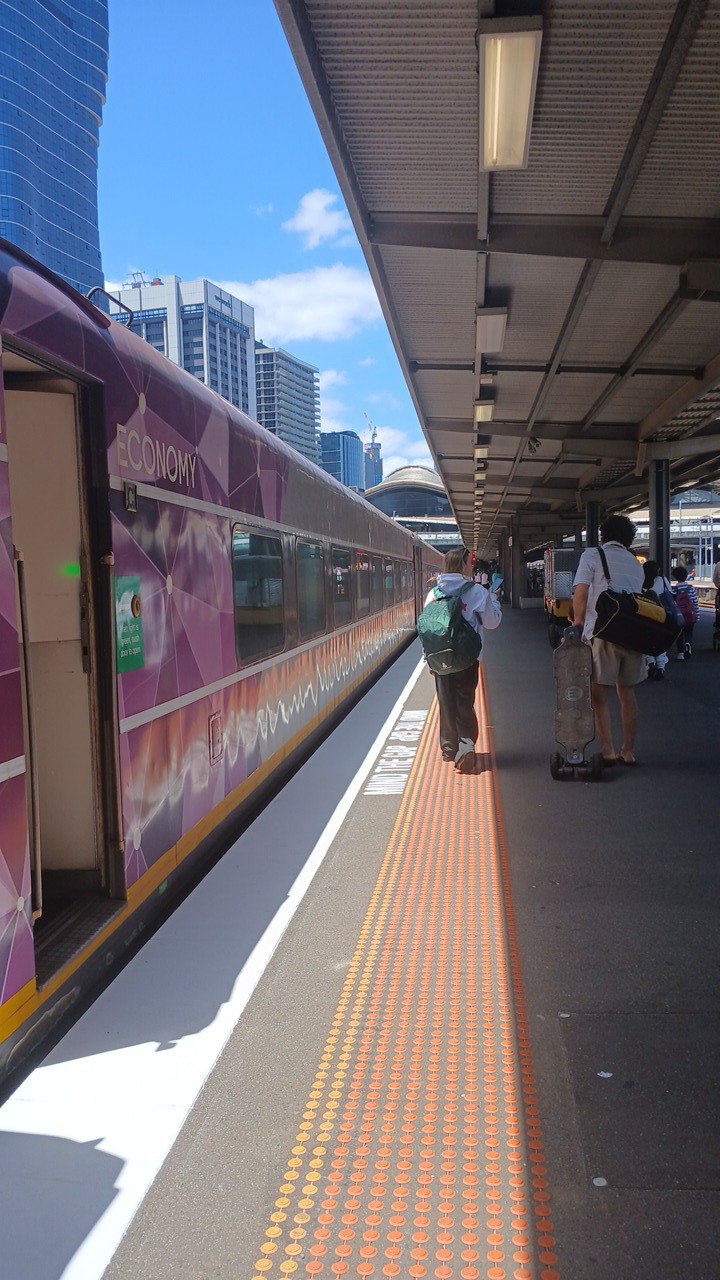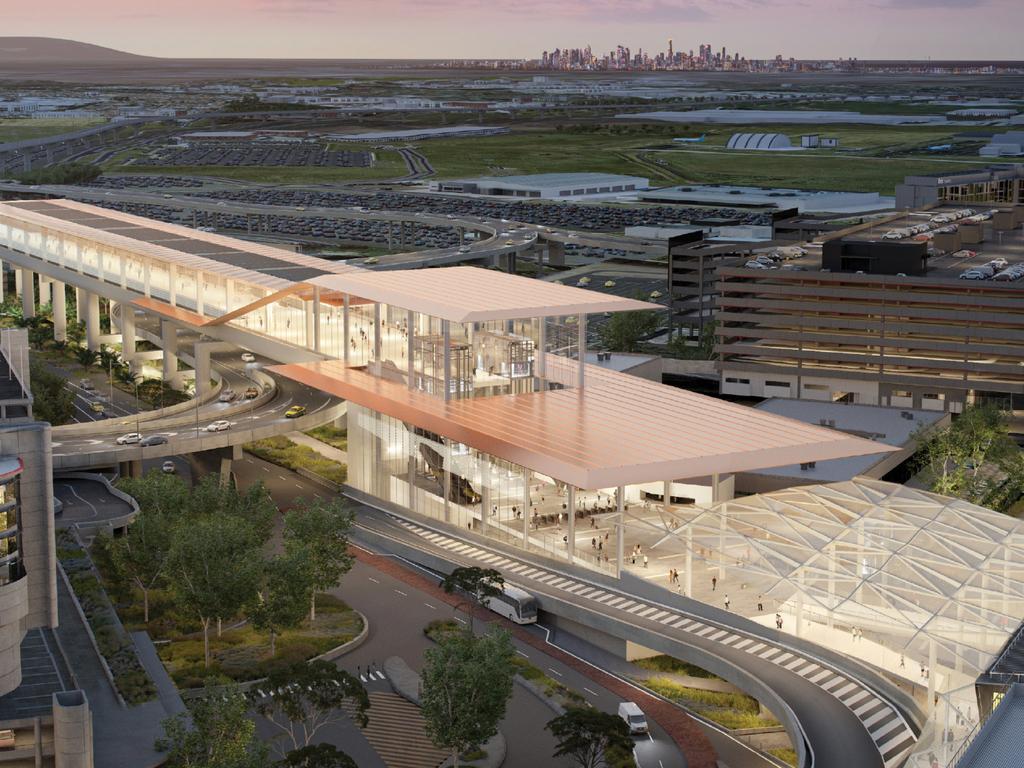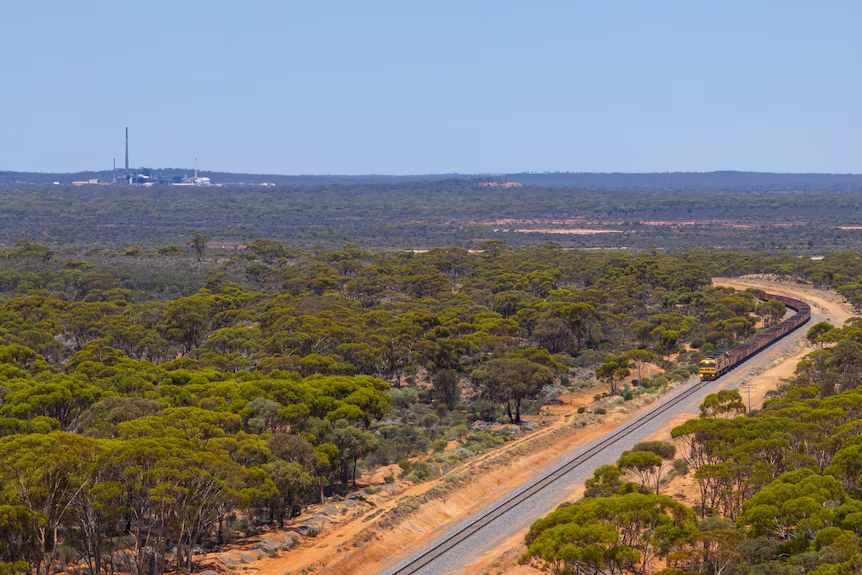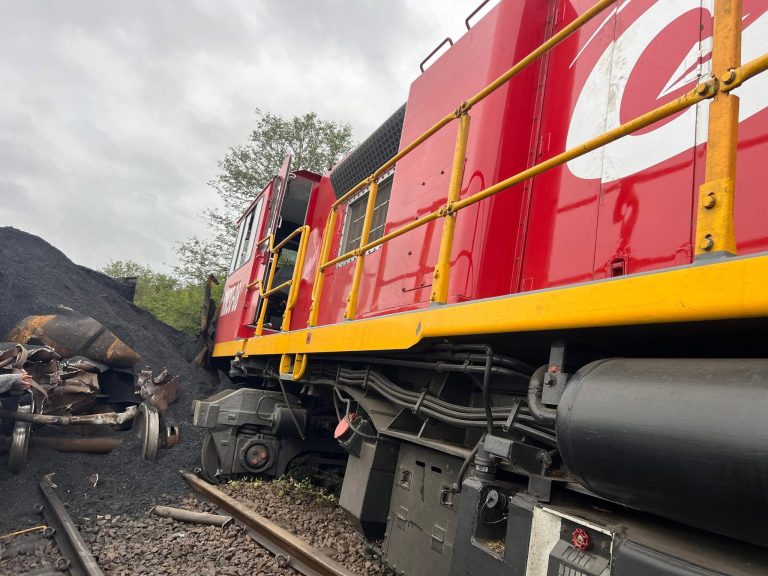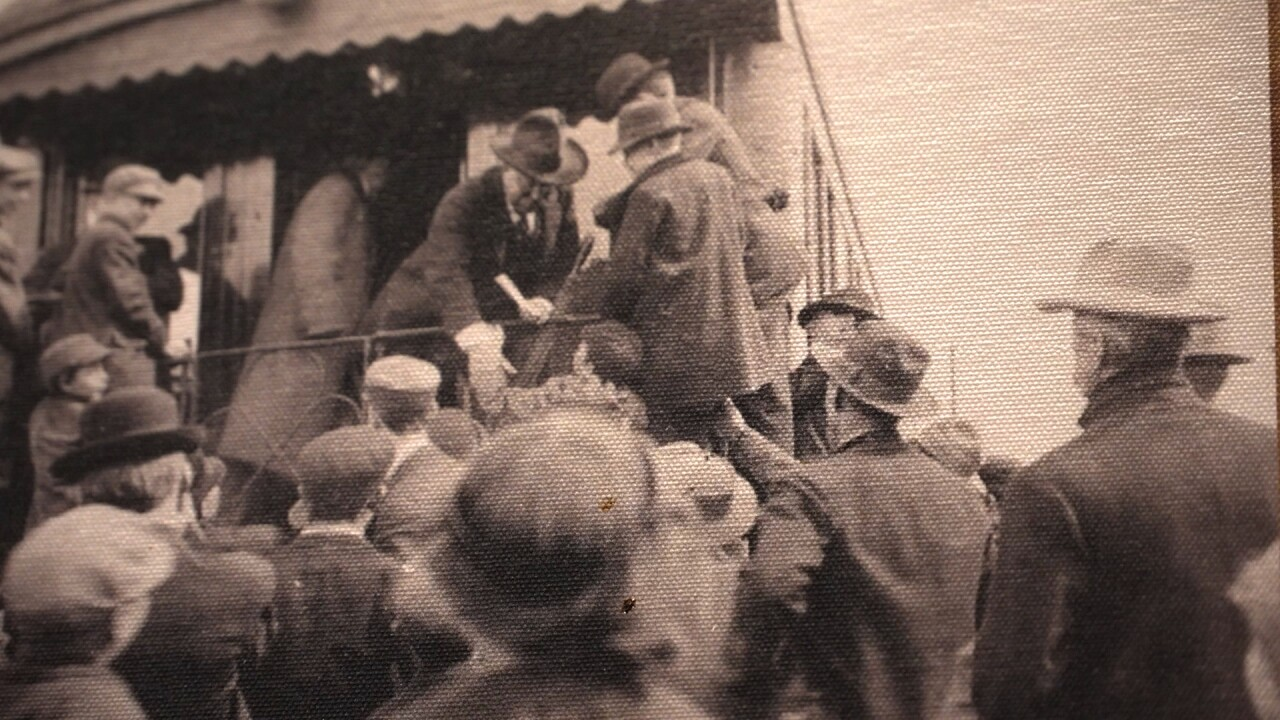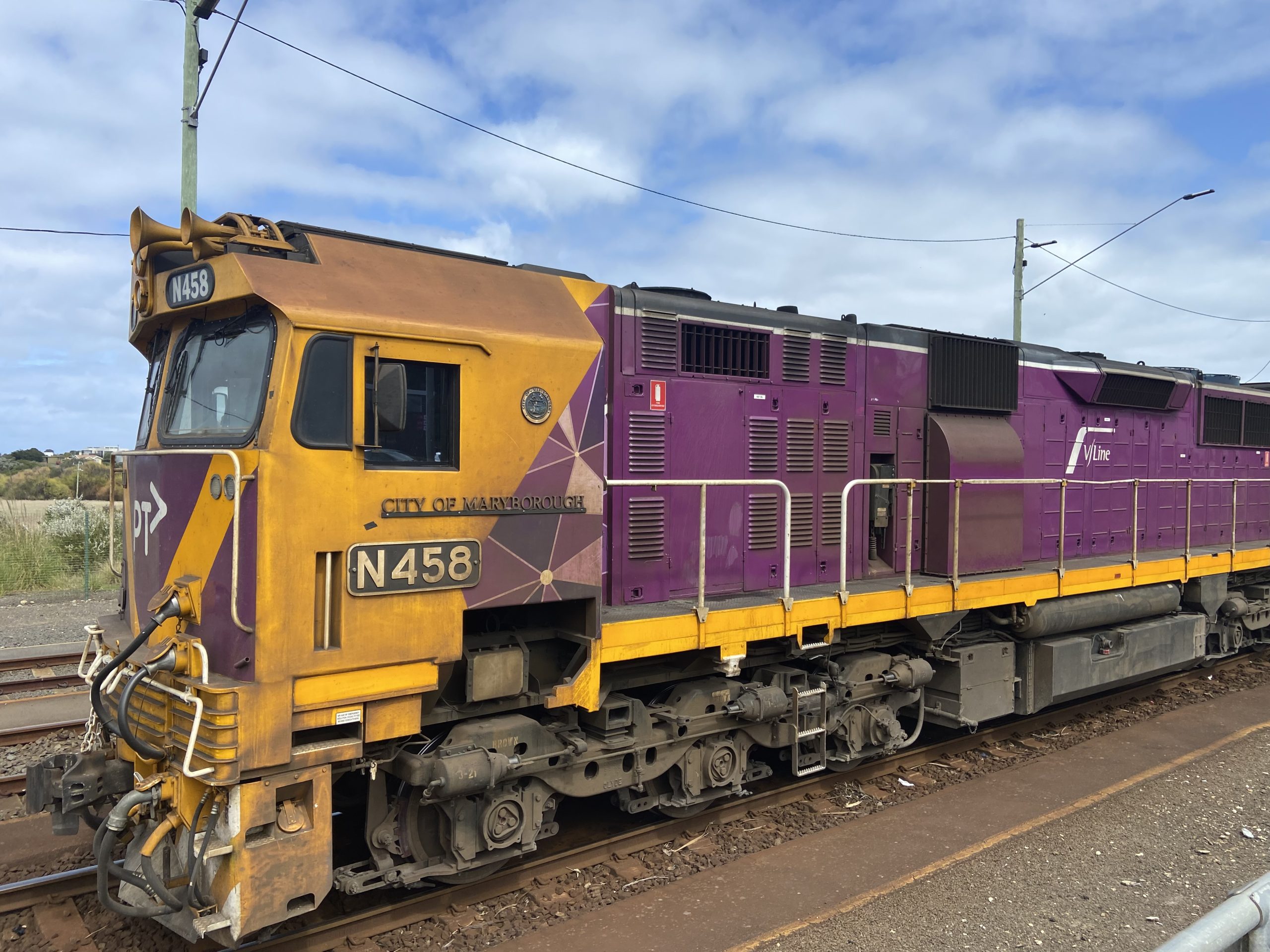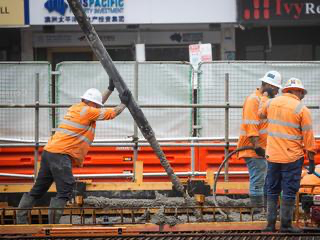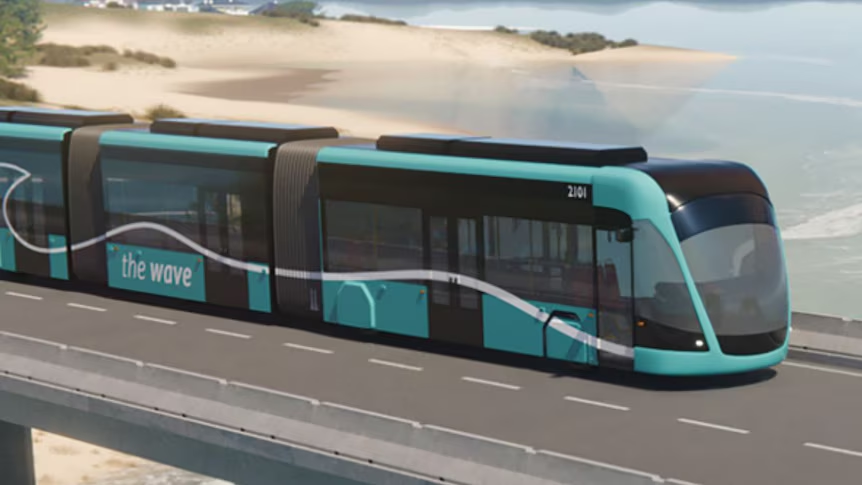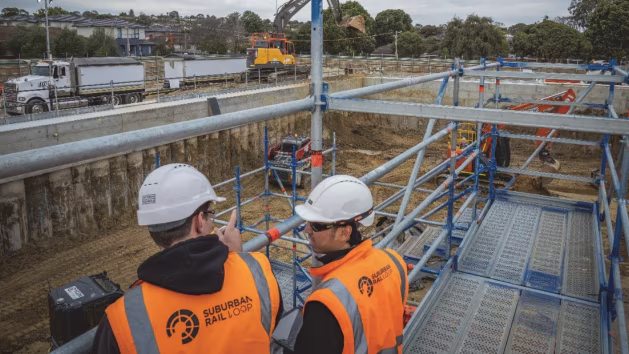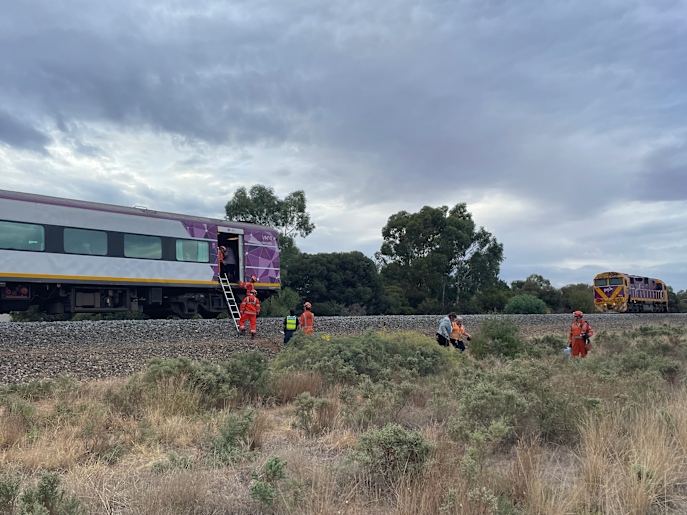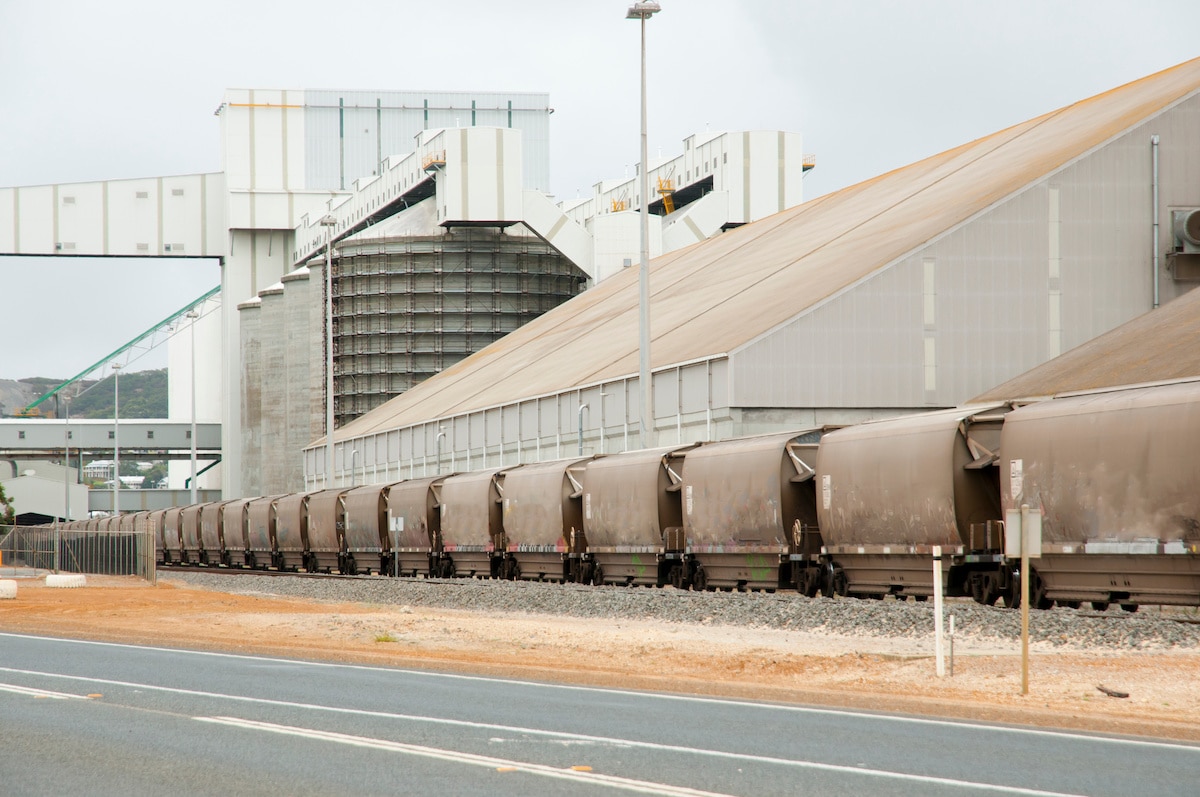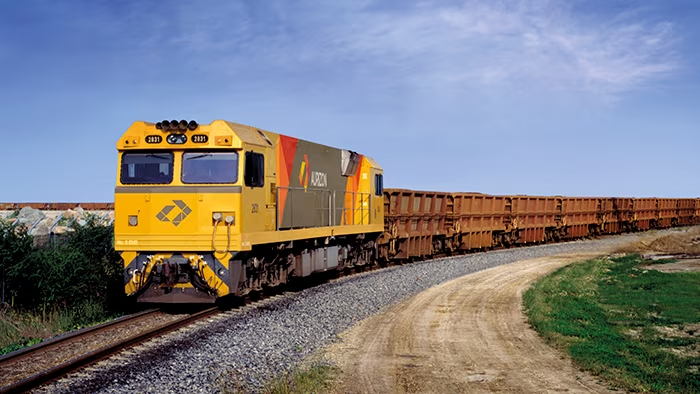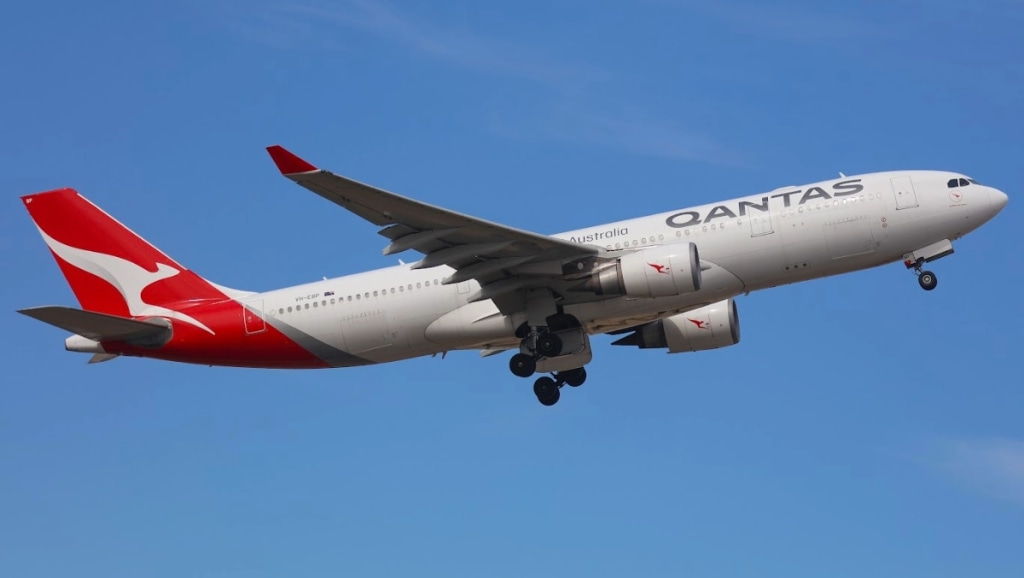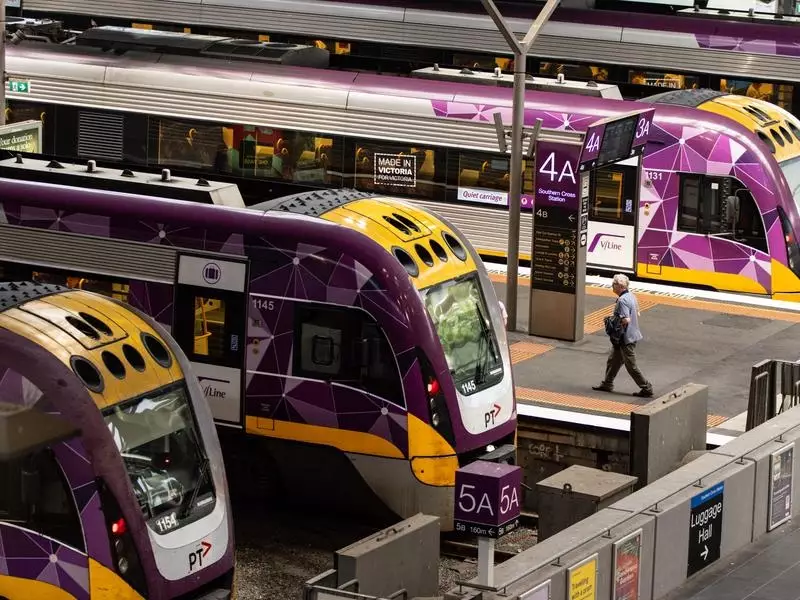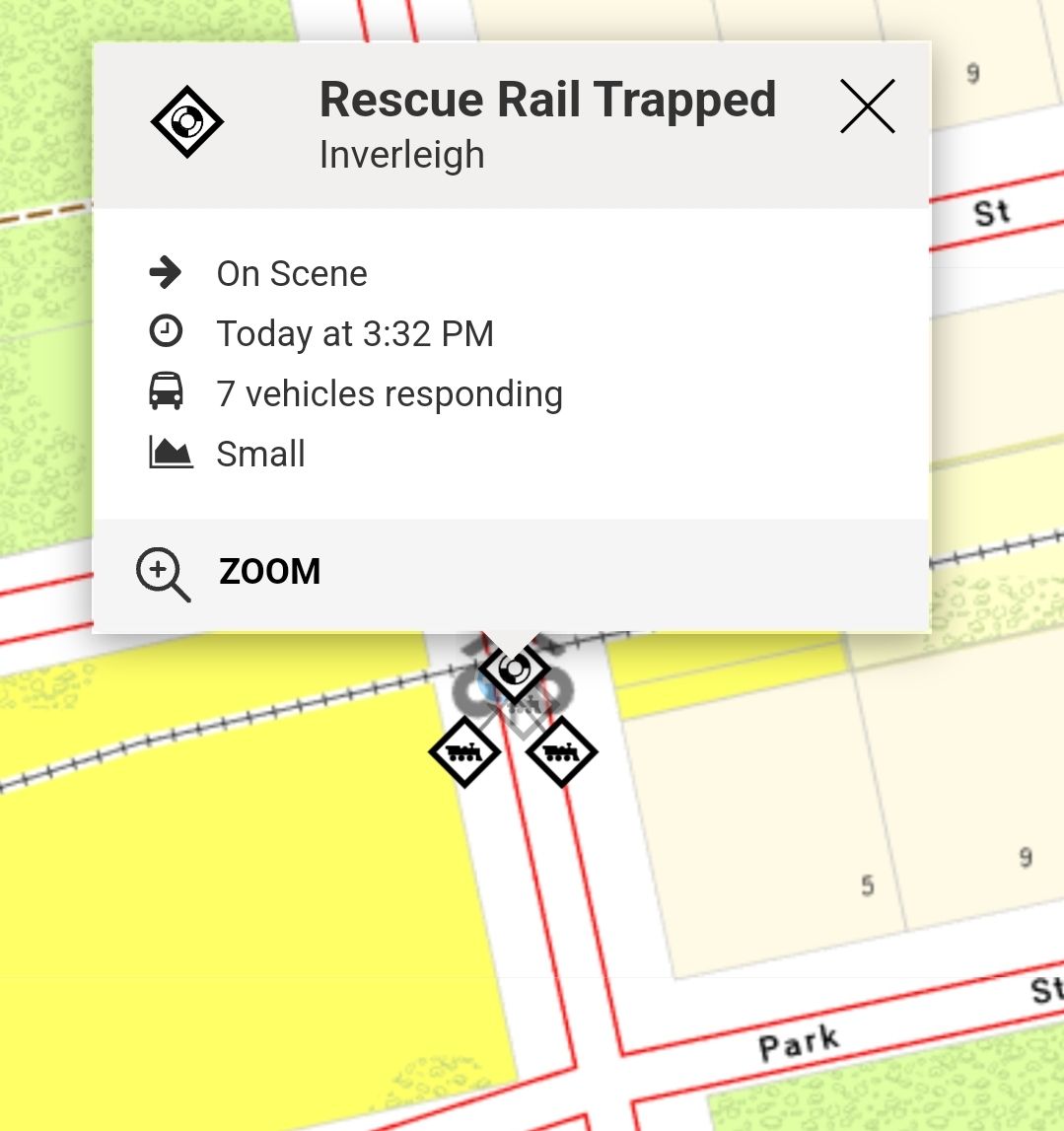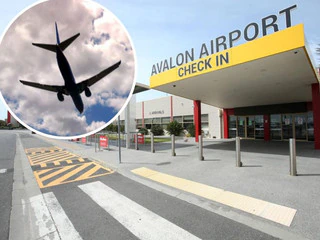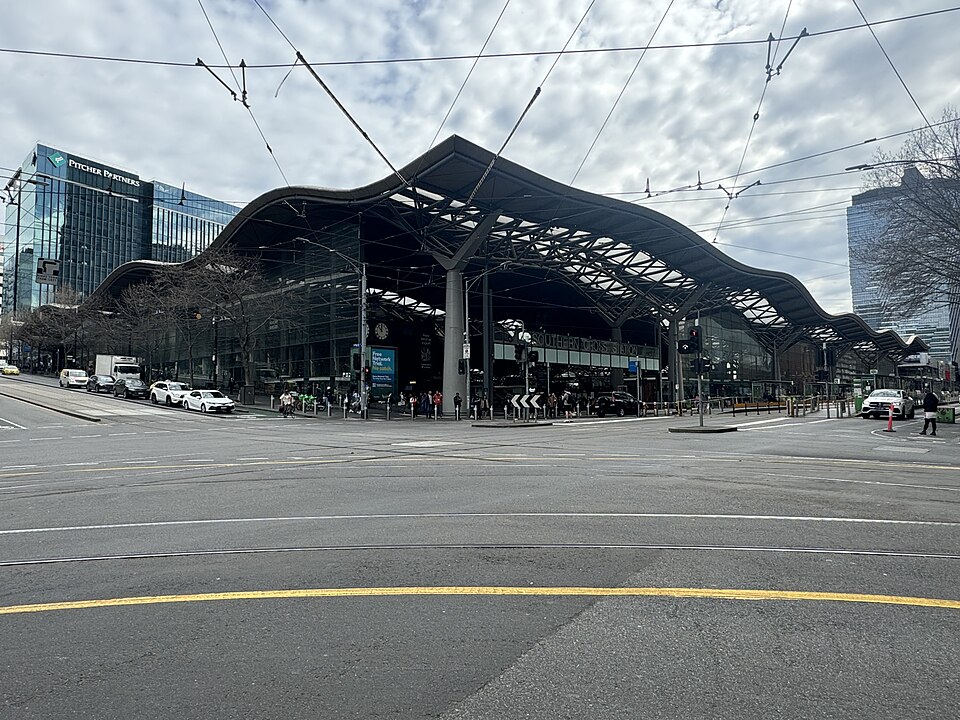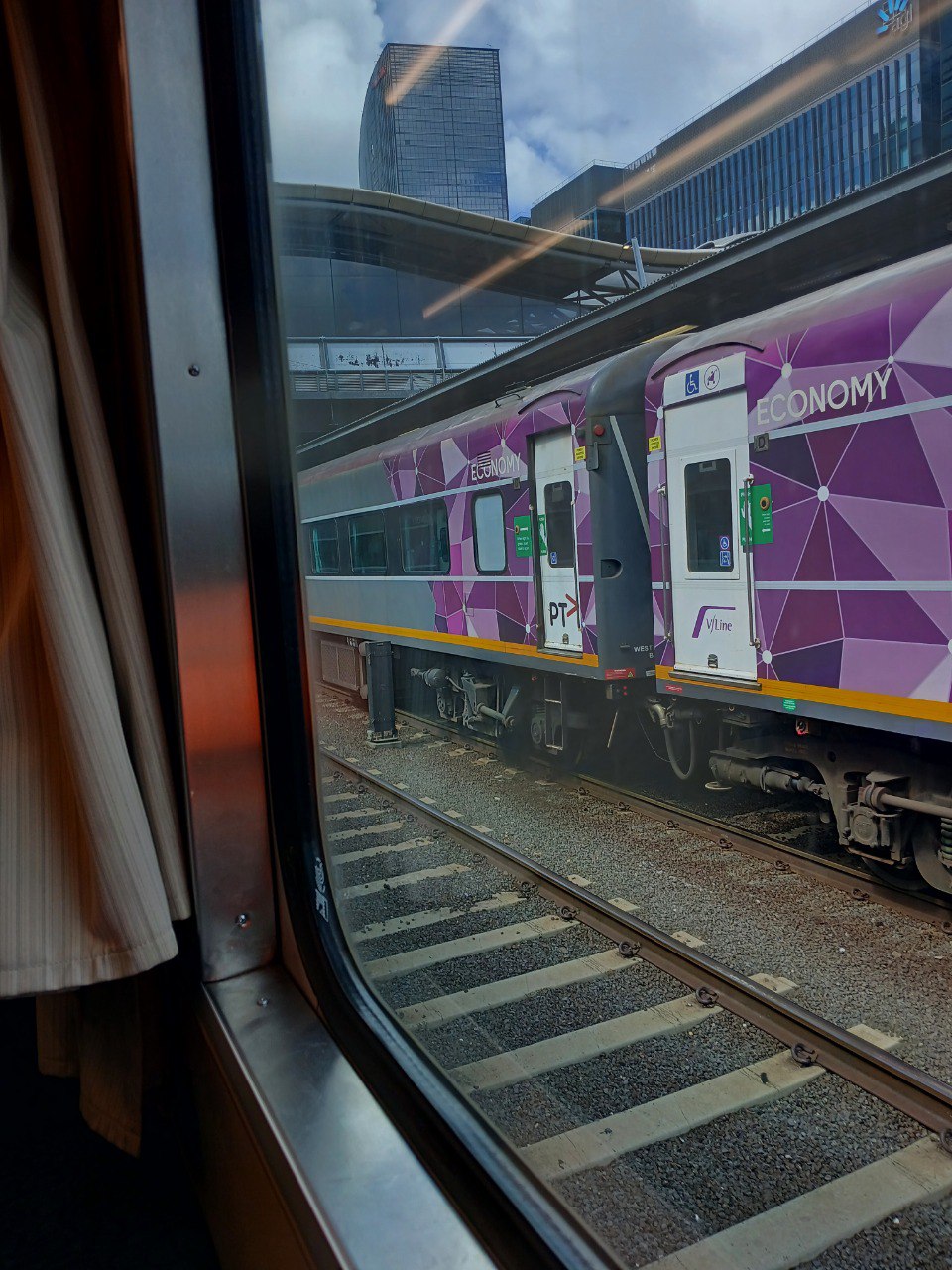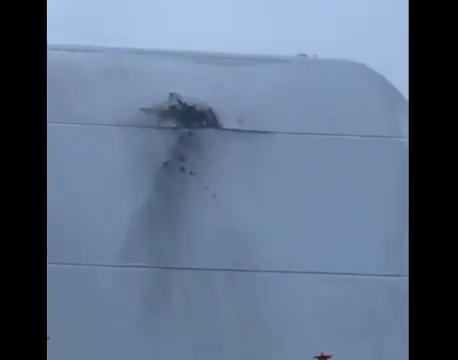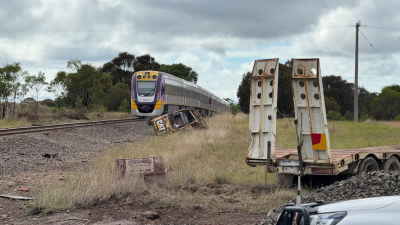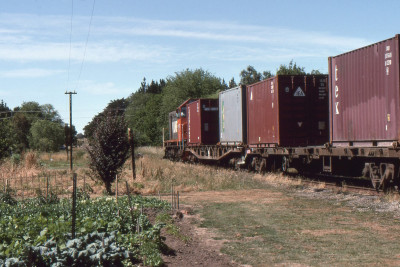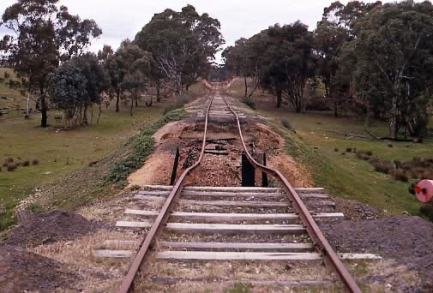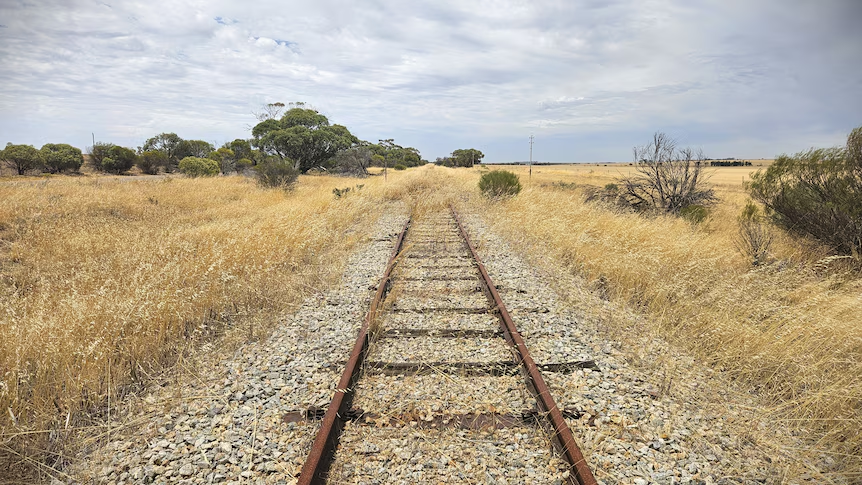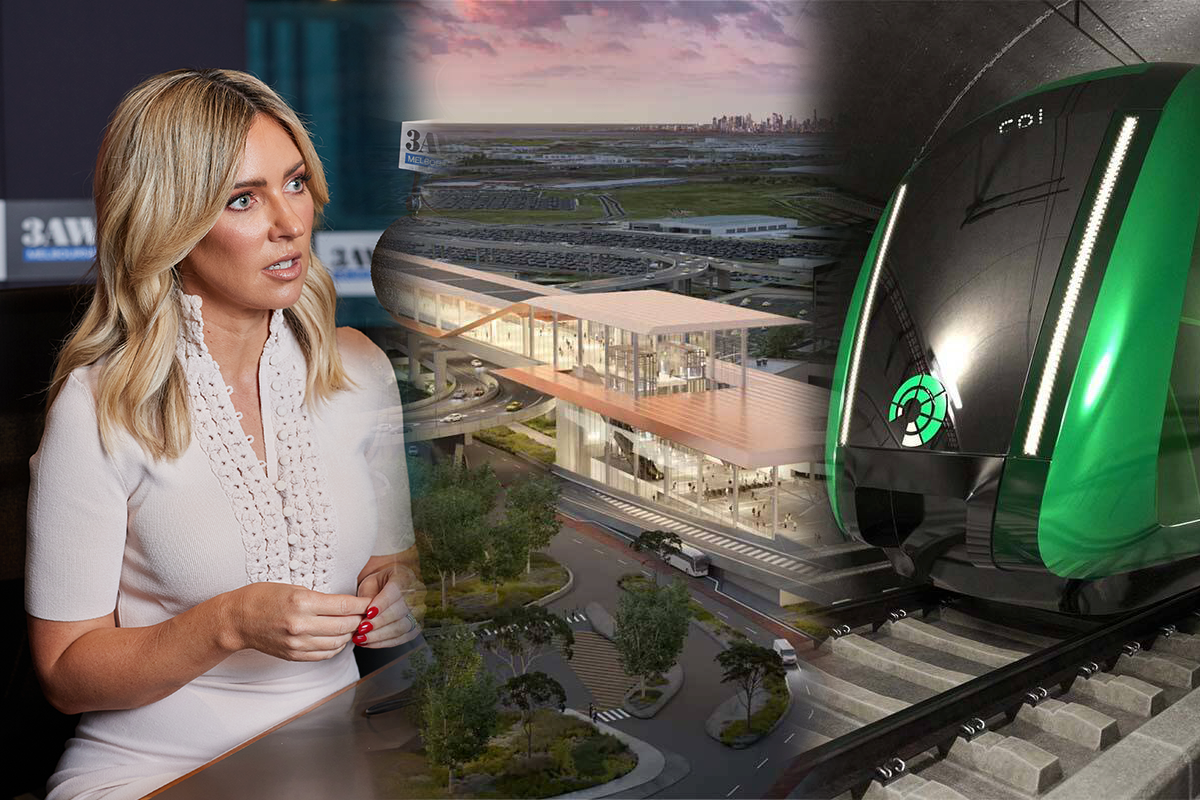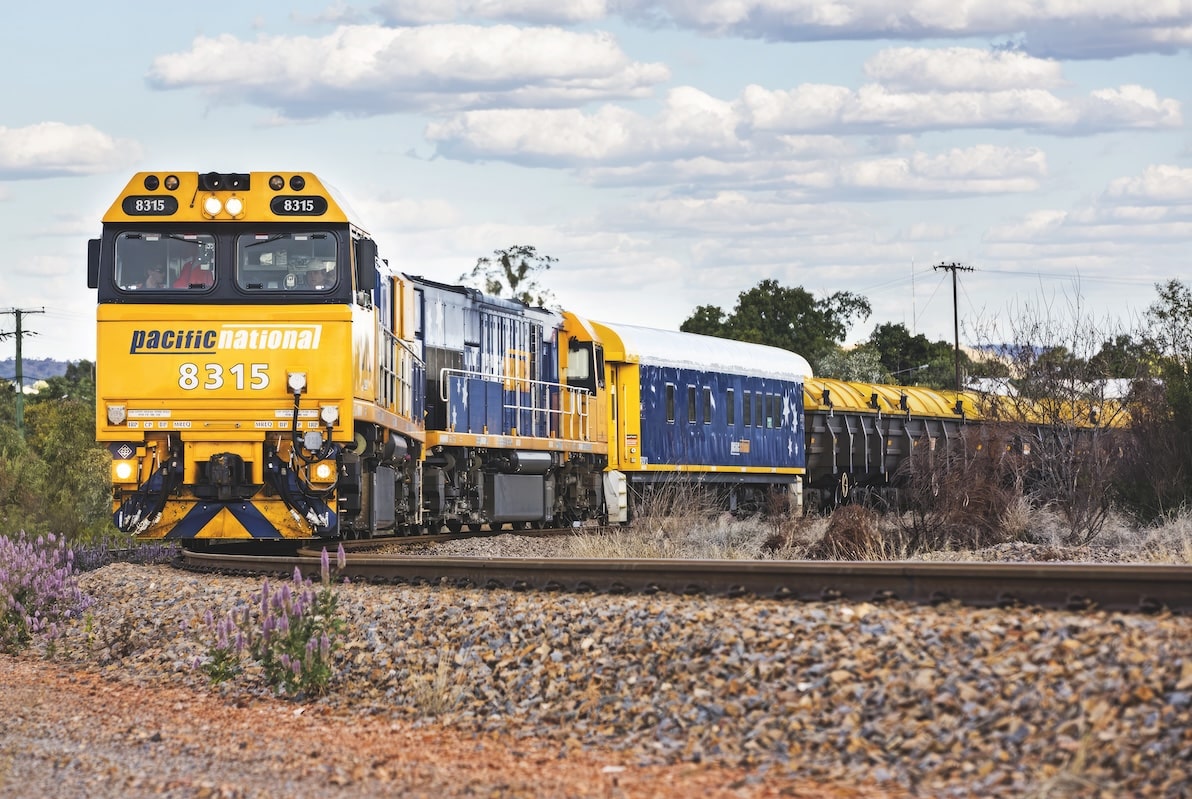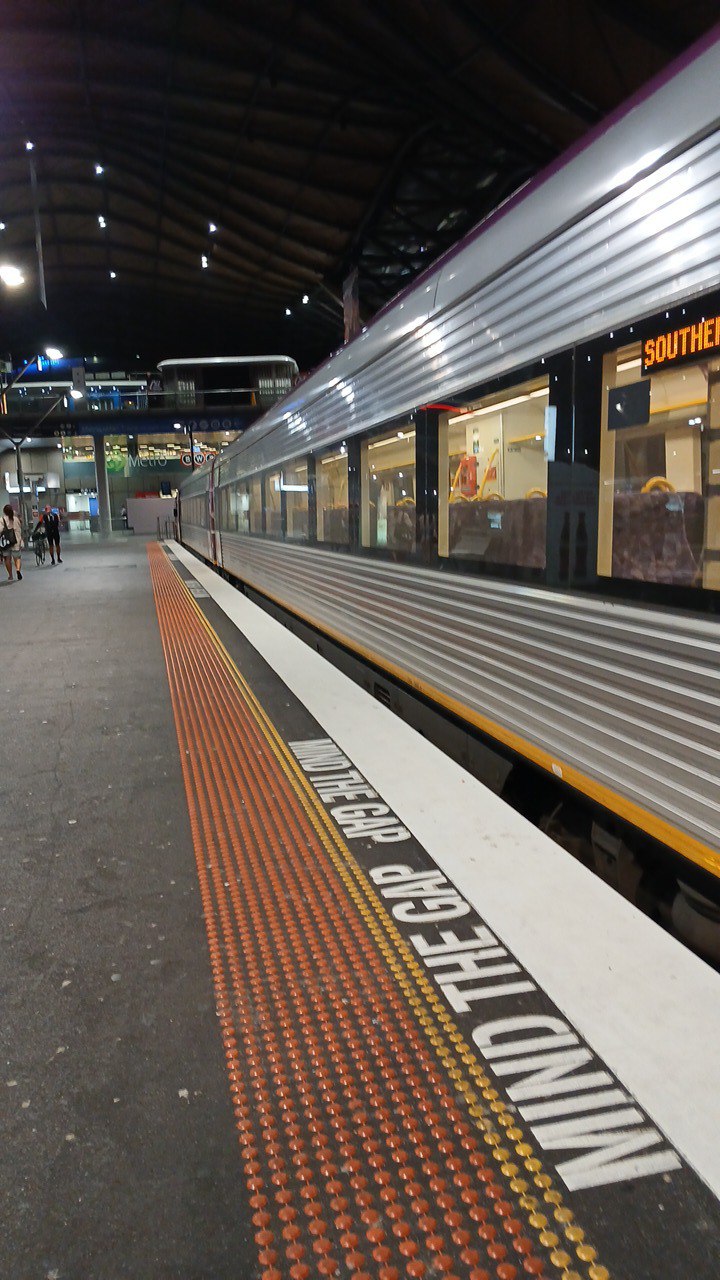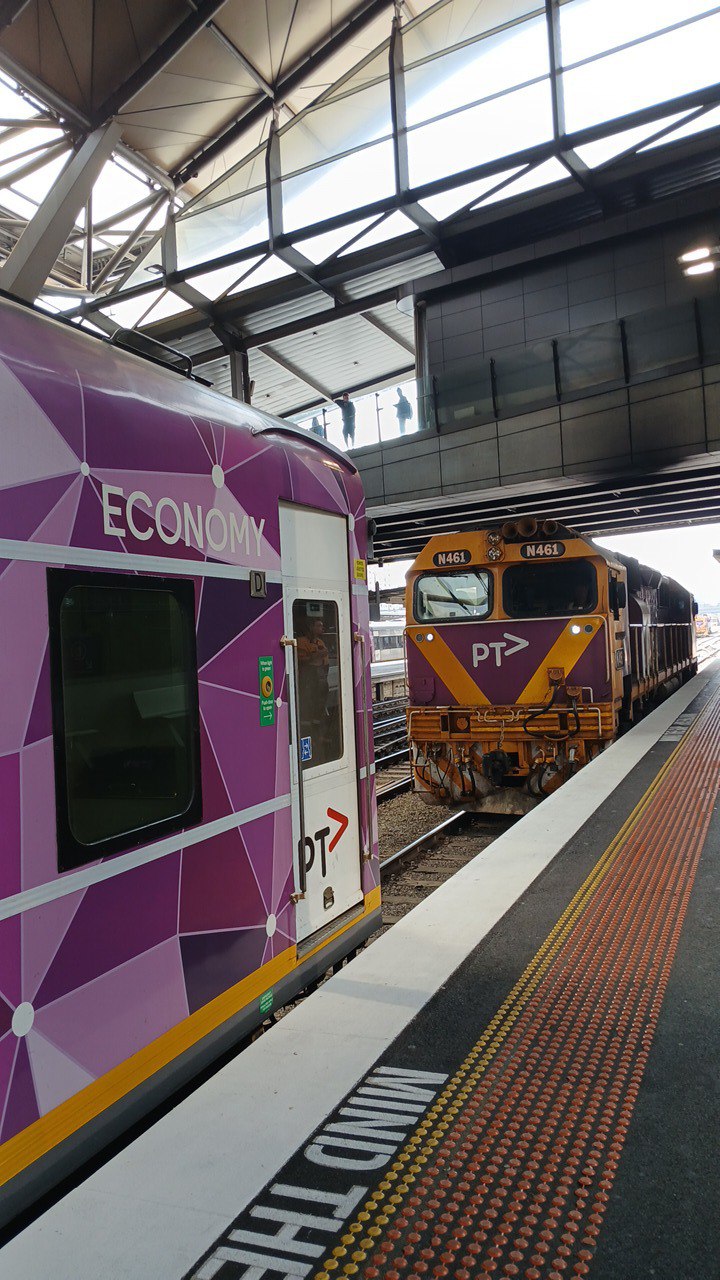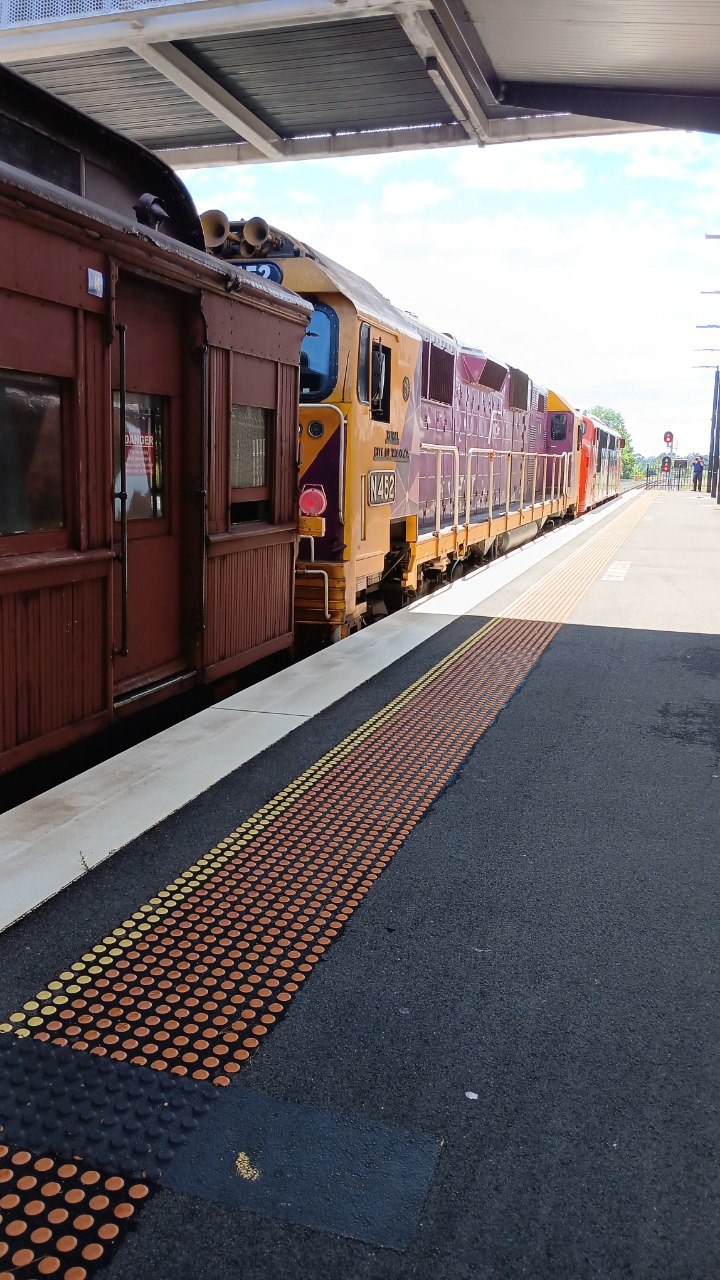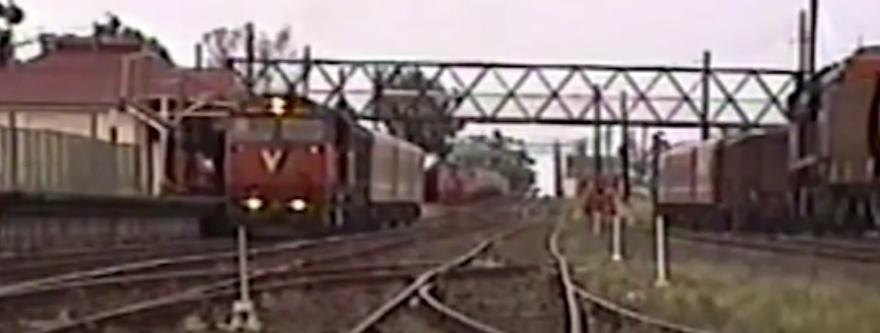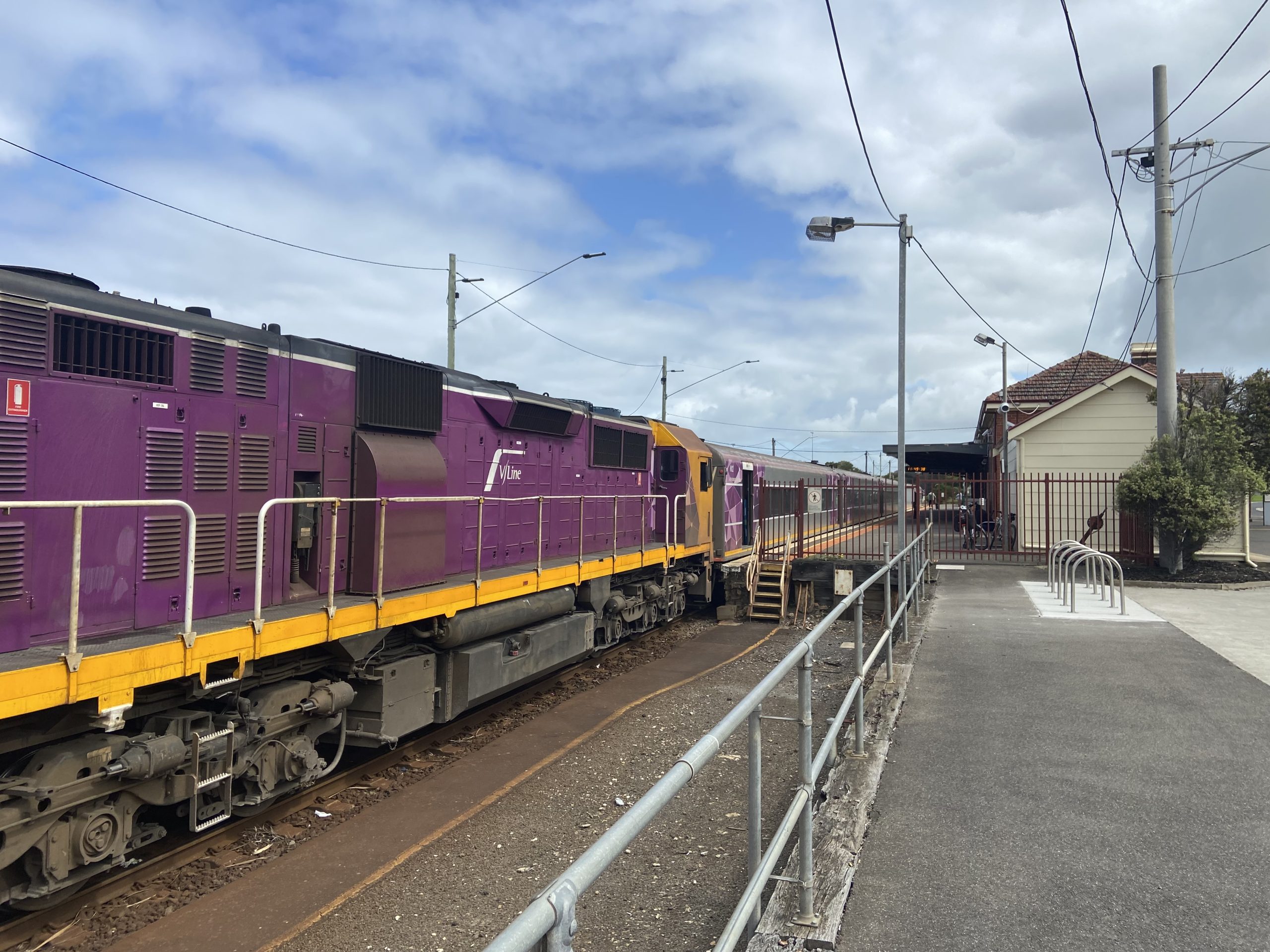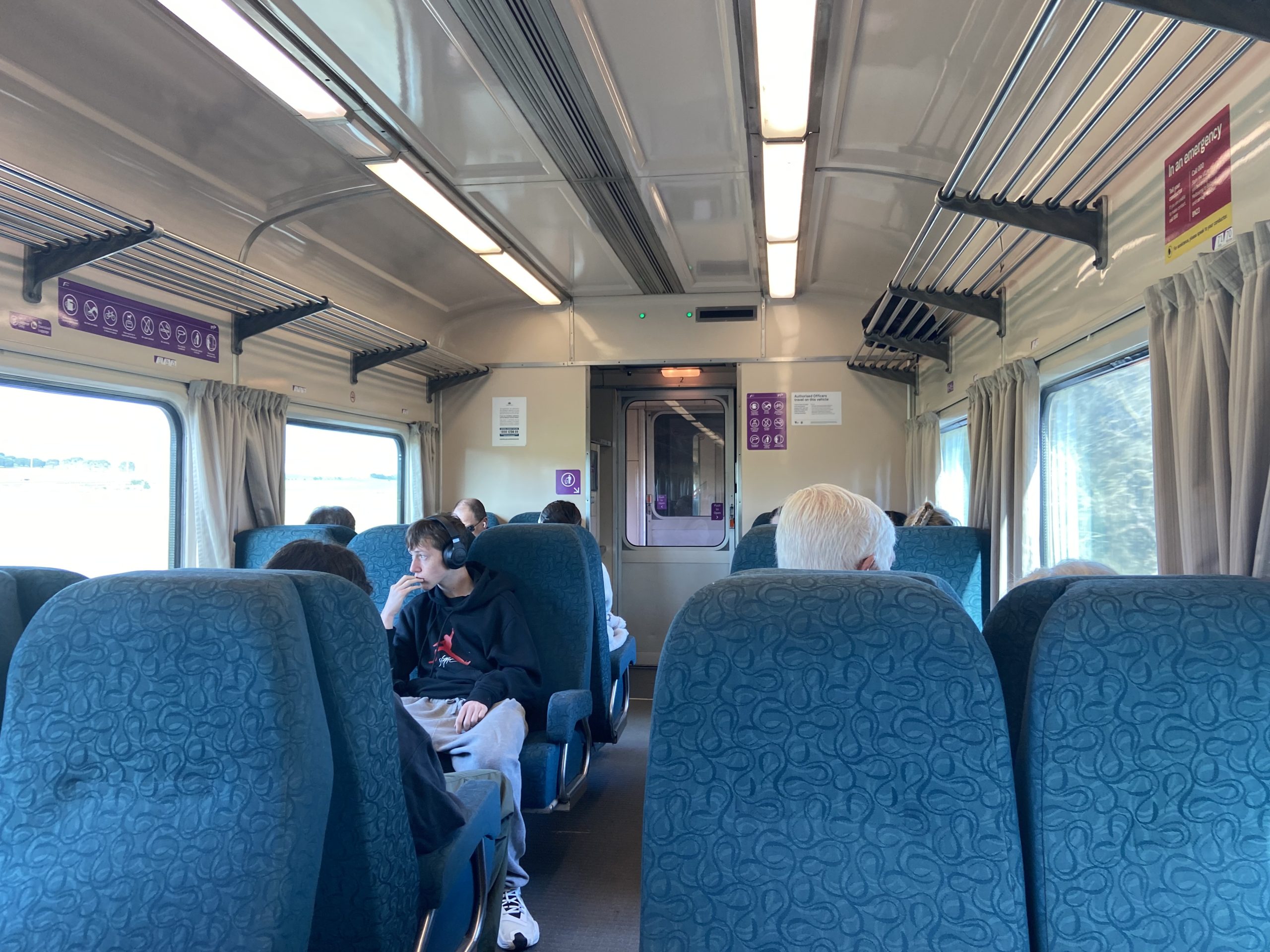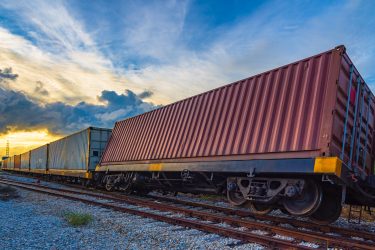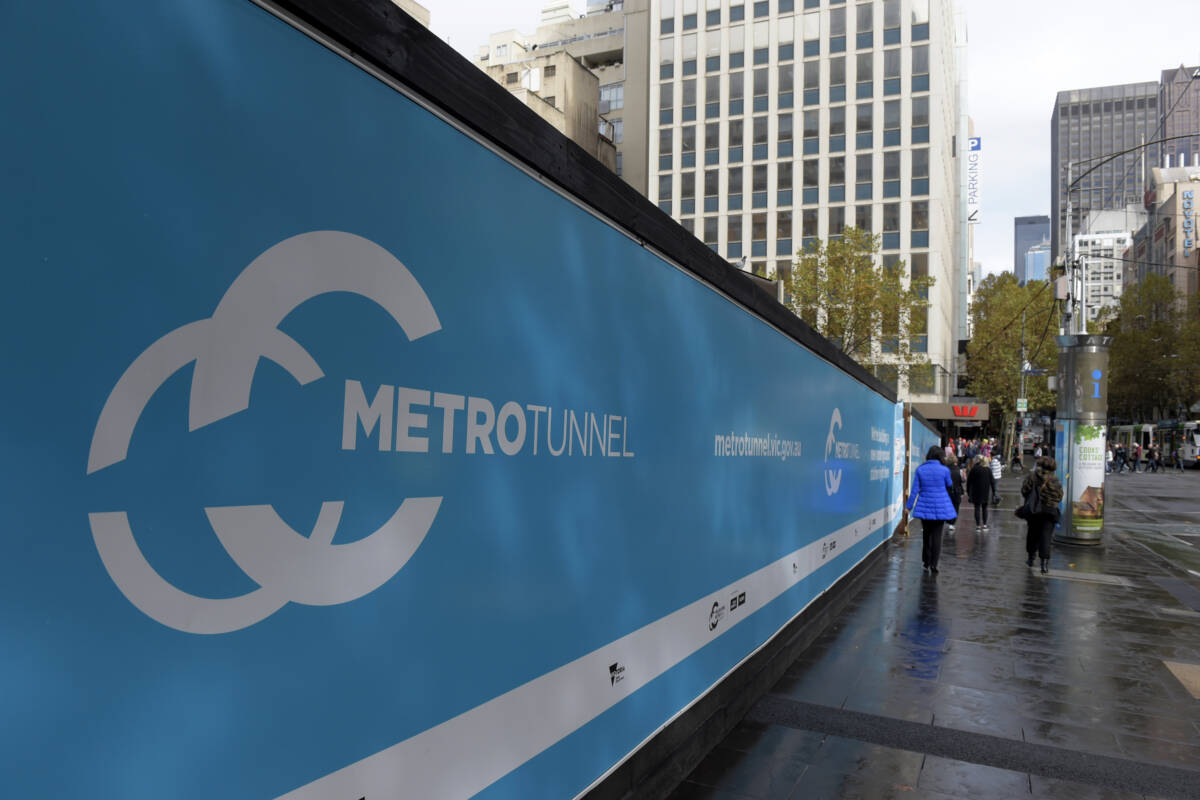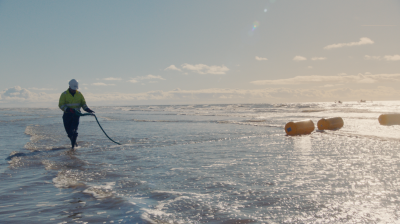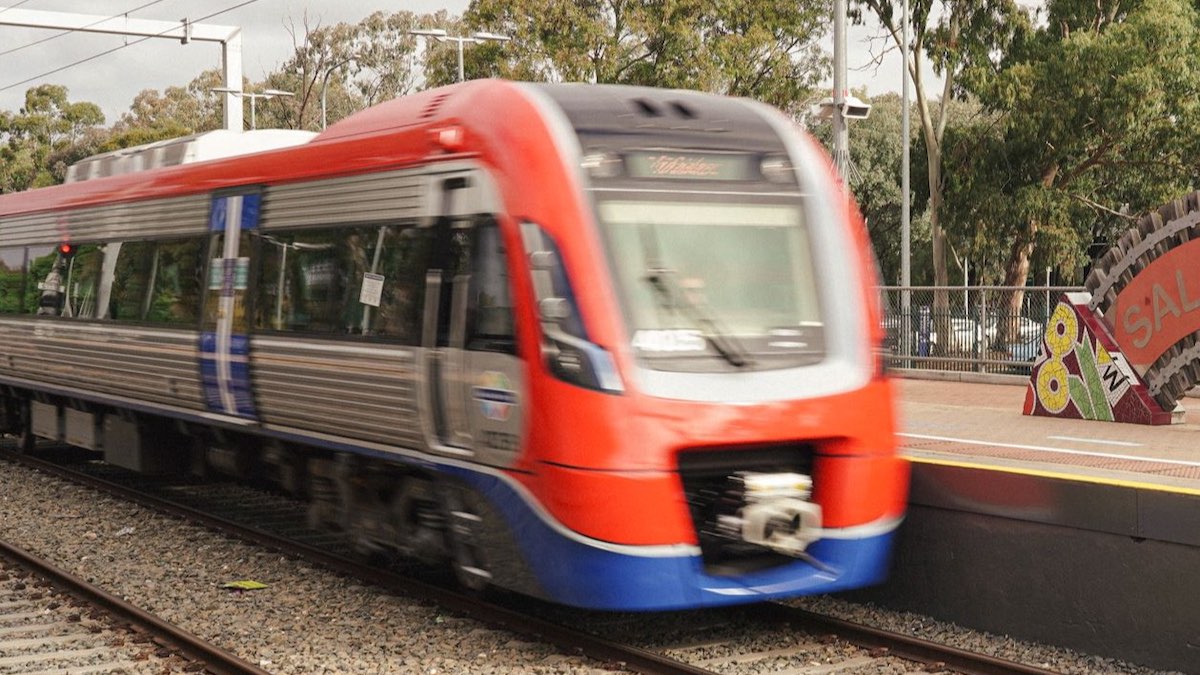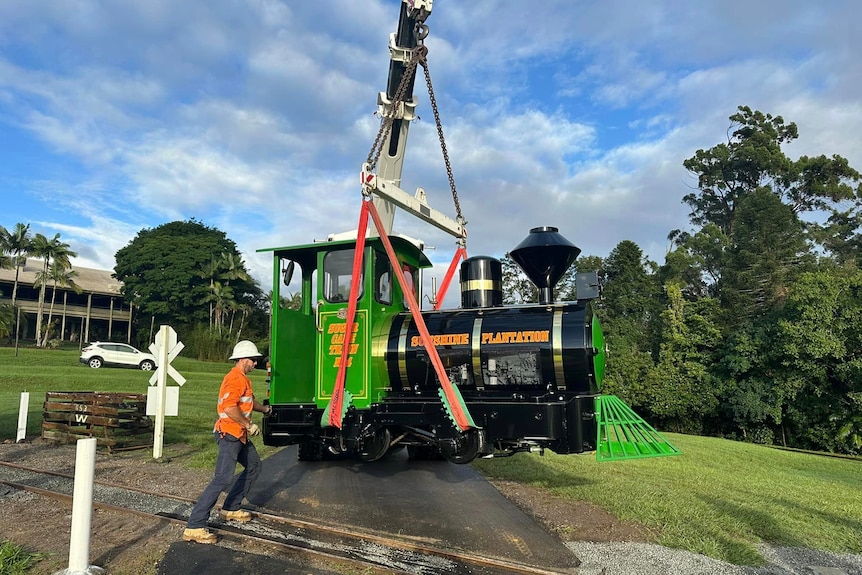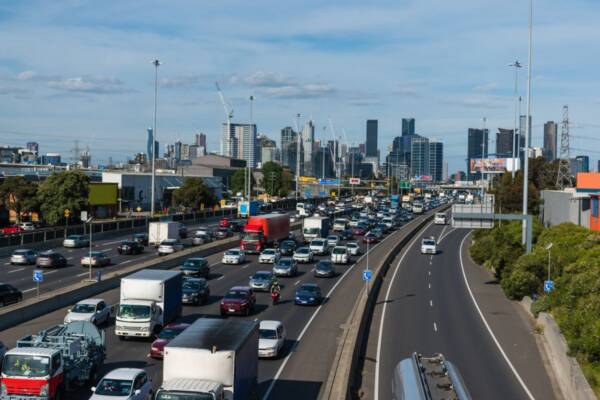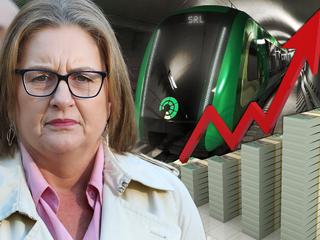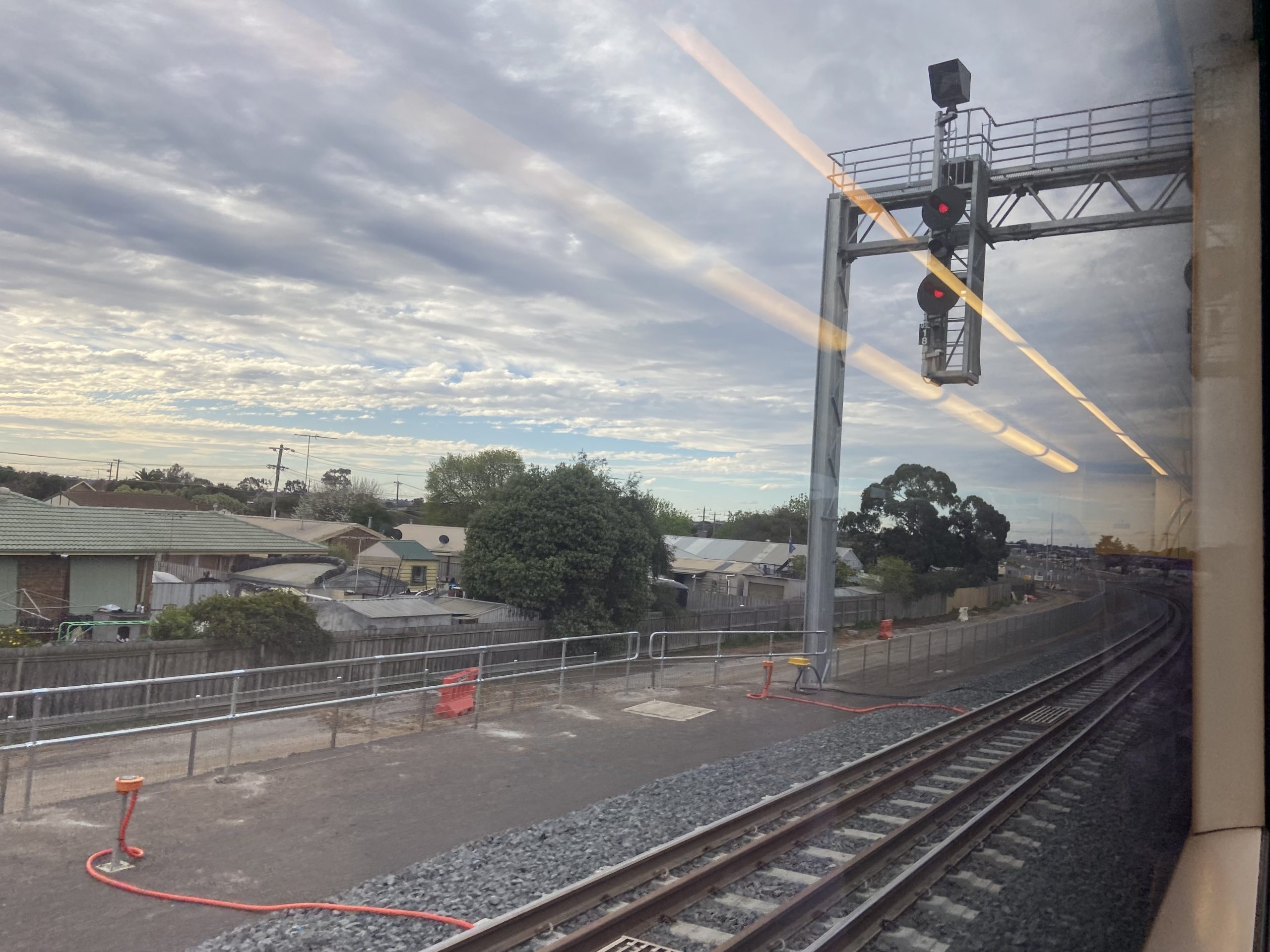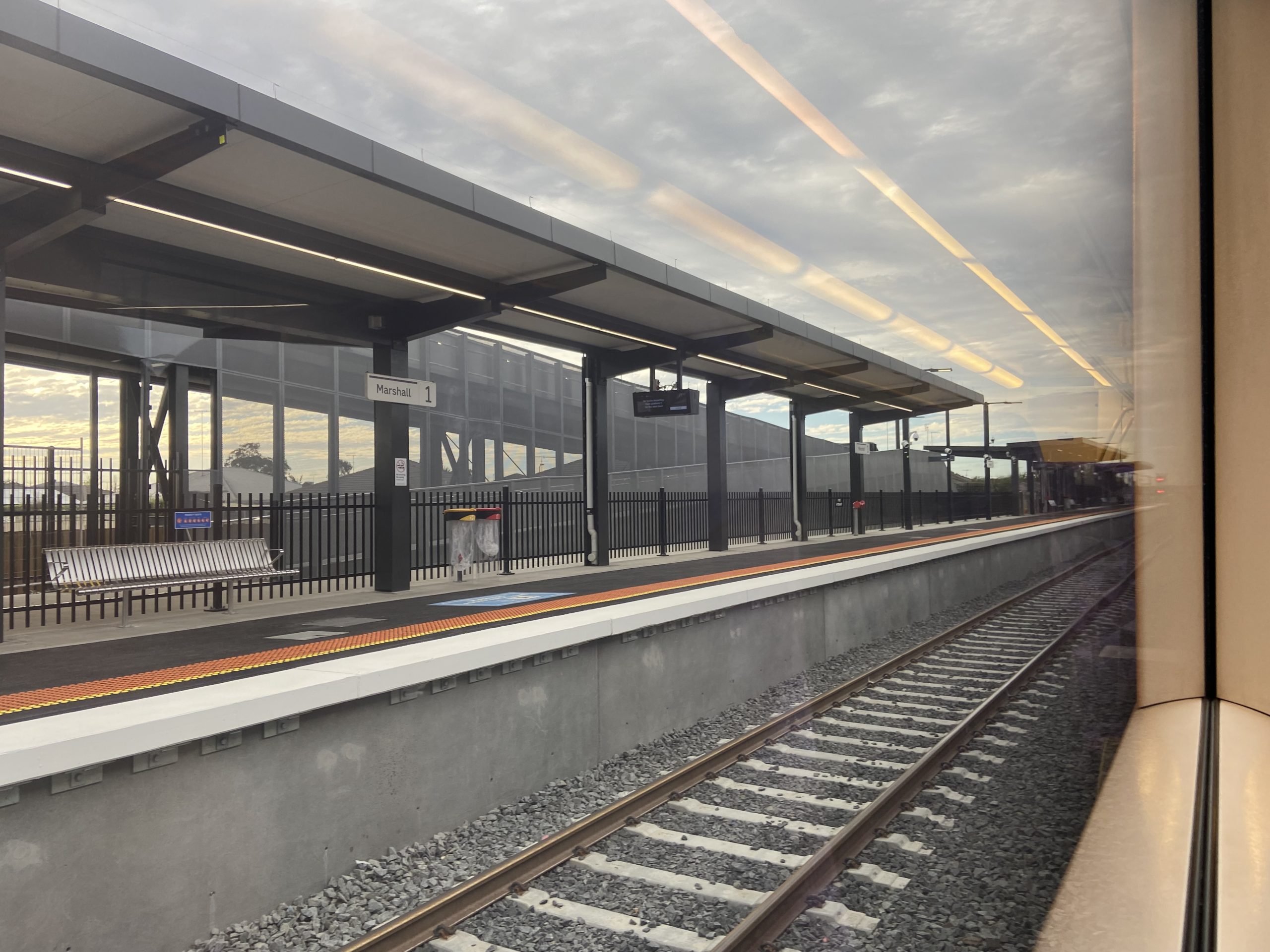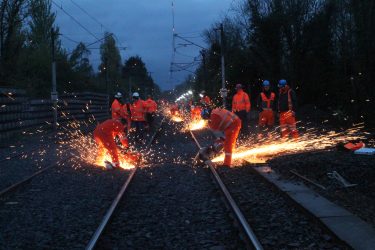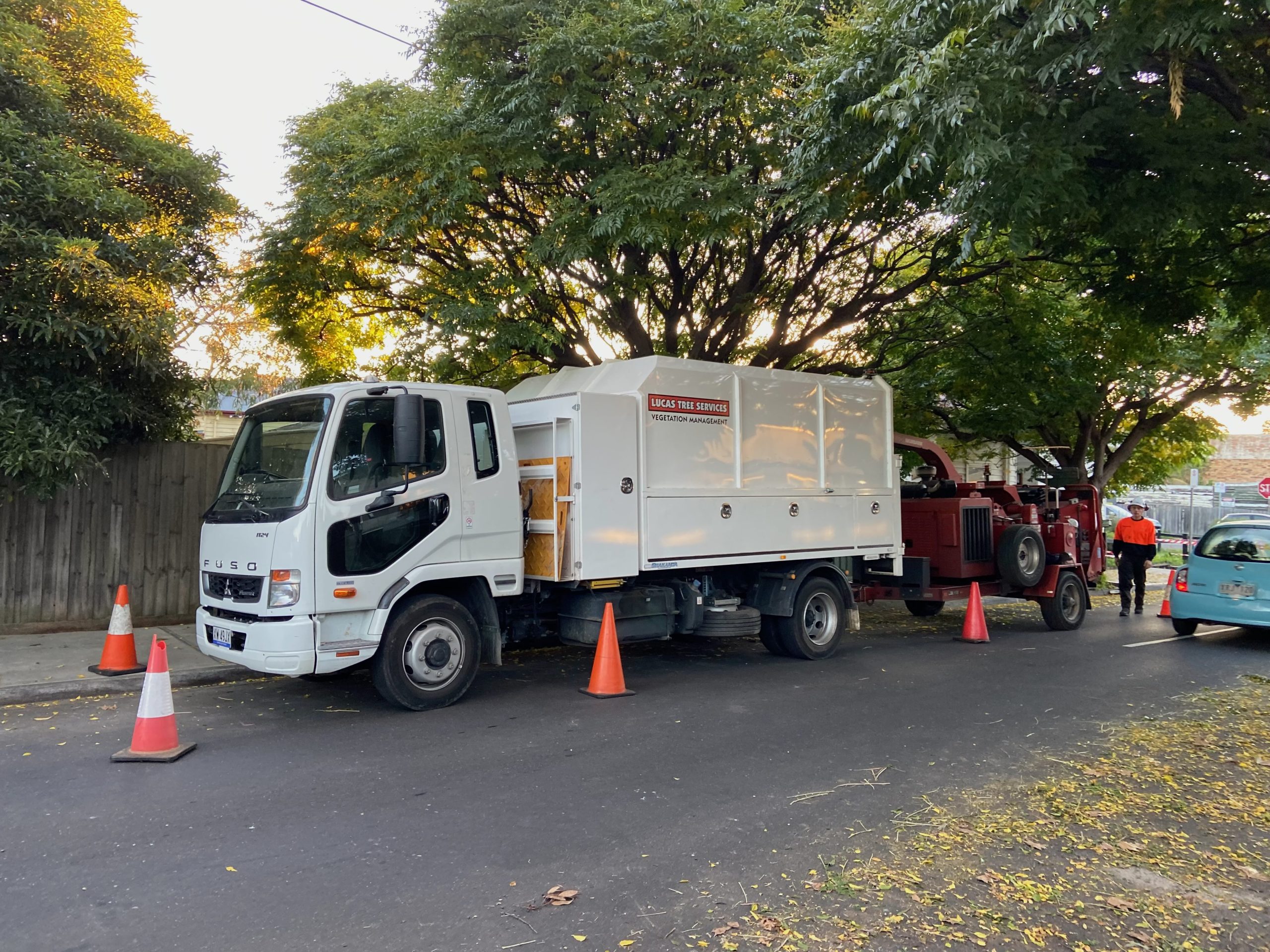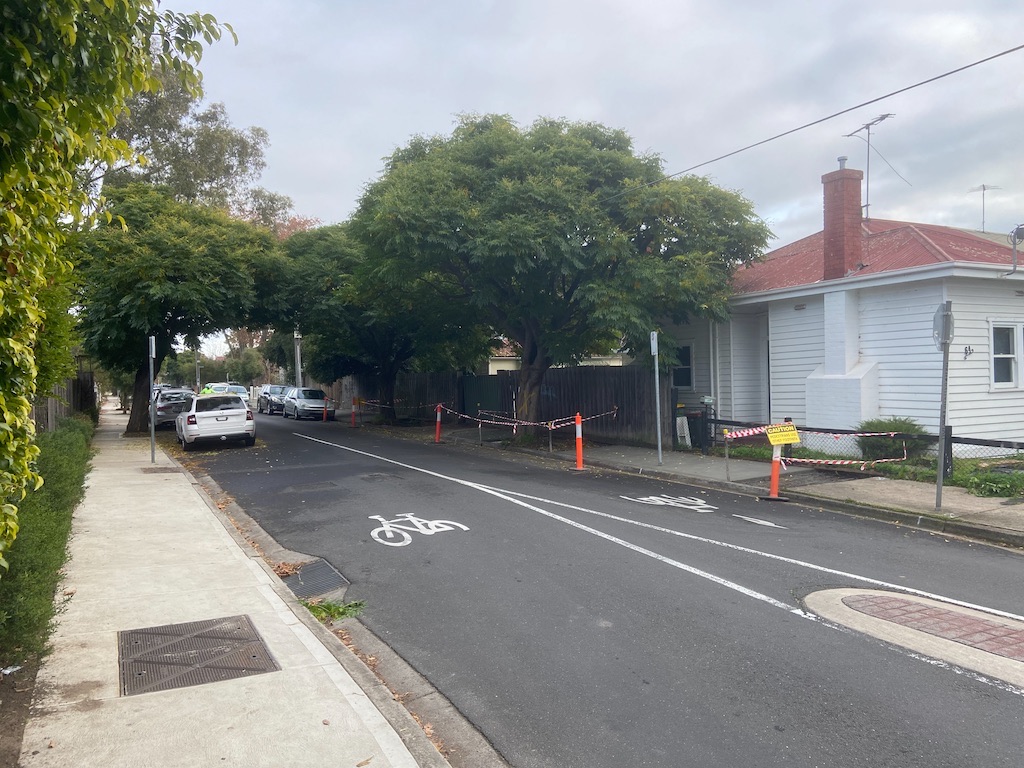Expanding ORR’s rail environment data
20 December 2024
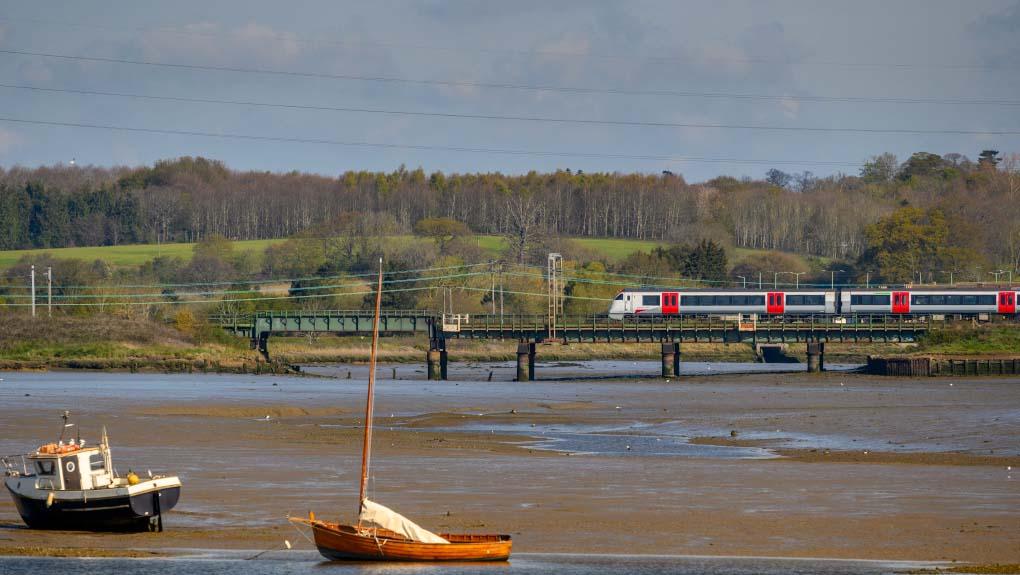
This year’s publication has been expanded to include new metrics. Data is available for each operator on their non-traction energy use, water consumption and waste generation for the last two years.
Why do we publish this data?
We have published traction emissions for passenger and freight operators since 2005. This data can be used to assess the impact of rail on the environment, and understand how rail compares with other modes of transport.
We know that traction only makes up part of the carbon footprint for operators. It is useful to look at the other sources of emissions and see the bigger picture.
The data on emissions and other environmental measures can be used for a variety of policy, regulatory and industry needs. As there are two years of data, it is possible to make year-on-year comparisons for each operator. Operators can compare themselves to others, and best practice can be shared across the rail industry.
What new data is available?
The publication includes new data from passenger and freight operators, looking at their annual non-traction electricity and gas consumption, water consumption and waste generation. The waste data can be broken down further into how much waste was recycled, hazardous waste, and how much waste was sent to landfill.
Non-traction electricity usage covers all electricity consumption in stations, offices, workshops, depots, and service buildings, as well as maintenance activities. There are clear differences between operators, due to the differences in the facilities they manage. For the latest year, 14 passenger operators reported a decrease in their consumption and nine operators reported an increase. Two operators were unable to provide data.
Figure: Non-traction electricity consumption (kilowatt hours) for passenger operators, April 2023 to March 2024, and percentage change compared with April 2022 to March 2023

Note: Grand Central: 68,952 kWh, Hull Trains: 43,678 kWh, Lumo: 47,136 kWh.
What are our plans for the future?
We have a mix of short-term and long-term goals for environment data. We are aiming to:
- Continue to work with passenger and freight operators to improve data quality. The new data on non-traction energy, water and waste is labelled as ‘official statistics in development’. We will seek feedback from users on this new data to support our development of these statistics.
- Explore the possibility of publishing other new data relating to environment in future years. This could include new metrics, or new data sources.
- Expand to include sources of traction energy other than diesel, such as hydrotreated vegetable oil (HVO)-powered trains.
If you have feedback or questions on the new data, please email rail.stats@orr.gov.uk



